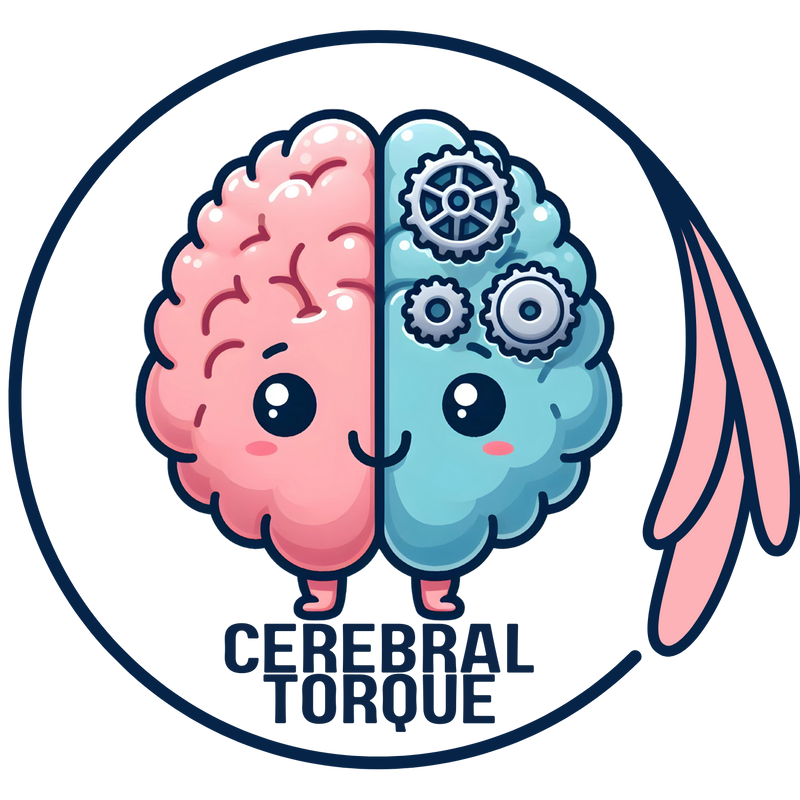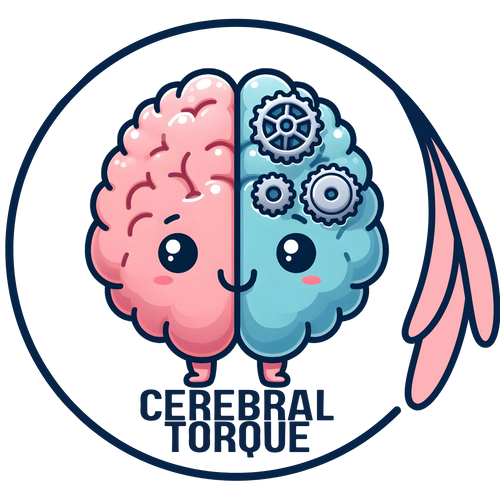What is the difference between Ménière disease and vestibular migraine?
Posted on January 02 2023,

Ménière disease (MD) and vestibular migraine (VM) are two distinct disorders that affect the inner ear and balance system. Both conditions can cause dizziness, vertigo, and hearing loss, but there are several key differences between the two.
Ménière disease is a chronic disorder that affects the inner ear, specifically the vestibular system, which helps control balance and spatial orientation. It is characterized by episodes of vertigo, hearing loss, and tinnitus (ringing in the ear). The cause of Ménière disease is not fully understood, but it is thought to be related to abnormal fluid pressure in the inner ear. Ménière disease is a progressive condition and can lead to permanent hearing loss if left untreated. The classic triad of symptoms include vertigo with spontaneous onset and duration of at least 20 minutes and up to 3 hours, fluctuating sensorineural hearing loss, usually unilateral, and ipsilateral tinnitus or aural fullness.
Vestibular migraine, on the other hand, is a type of migraine headache that is accompanied by vestibular symptoms (e.g., vertigo, dizziness, and difficulty with balance) and migraine symptoms (e.g., headache, photophobia, phonophobia, or aura in over half of episodes). It is a commonly misdiagnosed and undiagnosed condition. Vestibular migraines are more common in females and are often triggered by factors such as stress, lack of sleep, and certain foods. 75% of VM patients have a history of migraine. Vestibular migraines typically last for a shorter duration than Ménière disease and do not usually lead to permanent hearing loss.
Diagnosis of Ménière disease and vestibular migraine can be difficult because the symptoms of both conditions overlap. A thorough medical history and physical examination, as well as diagnostic tests such as an audiogram (hearing test) and vestibular function tests, are usually required to distinguish between the two conditions. Sensorineural hearing loss that is present with MD, and not VM, is found by conducting the Rinne and Weber tests.
Treatment for Ménière disease and vestibular migraine also differs. Ménière disease is typically treated with medications to control vertigo and reduce fluid buildup in the inner ear, as well as lifestyle changes such as a low-sodium diet. Vestibular migraines, on the other hand, may be treated with medications to prevent migraines and reduce the frequency and severity of attacks, as well as vestibular rehabilitation therapy to improve balance and reduce dizziness.
Ultimately, while Ménière disease and vestibular migraine both cause similar symptoms, they are distinct conditions with different causes and treatments. New research, however, does suggest a close, bidirectional relationship between the two entities and a concomitant presence is also possible. Patients with MD are more likely to also have VM than the general population and vice versa.
References:
- Baloh RW, Honrubia V. Clinical Neurophysiology of the Vestibular System. 3rd ed. Philadelphia, PA: Elsevier; 2013.
- Barmaki S, Zarei S, Kazemnejad A, et al. Comparison of vestibular migraine and Meniere's disease. Audiol Neurootol. 2018;23(4):219-224.
- Fife TD, Iversen LL, Fisher LD, et al. Vestibular Migraine: A Review of Diagnosis, Pathophysiology, and Treatment Options. Headache. 2015;55(7):1039-1052.
- Liu YF, Xu H. The Intimate Relationship between Vestibular Migraine and Meniere Disease: A Review of Pathogenesis and Presentation. Behav Neurol. 2016;2016:3182735. doi: 10.1155/2016/3182735. Epub 2016 Aug 29. PMID: 27651559; PMCID: PMC5019886.
Mon, Nov 17, 25
Migraine Research - During the week of my absence.
Migraine Research - During the week of my absence. The Association Between Insomnia and Migraine Disability and Quality of Life This study examined how insomnia severity relates to migraine disability...
Read MoreSat, Nov 01, 25
Anti-CGRP Monoclonal Antibody Migraine Treatment: Super-Responders and Absolute Responders and When to Expect Results
Anti-CGRP monoclonal antibodies achieved 70% super-response and 23% complete migraine freedom in a one-year study. Most dramatic improvements occurred after 6 months of treatment. For patients with chronic or high-frequency...
Read MoreAll Non-Invasive Neuromodulation Devices for Migraine Treatment
Wondering if migraine devices actually work? This guide breaks down the latest evidence on non-invasive neuromodulation devices like Cefaly, Nerivio, and gammaCore. Learn which devices have solid research backing them,...
Read More



